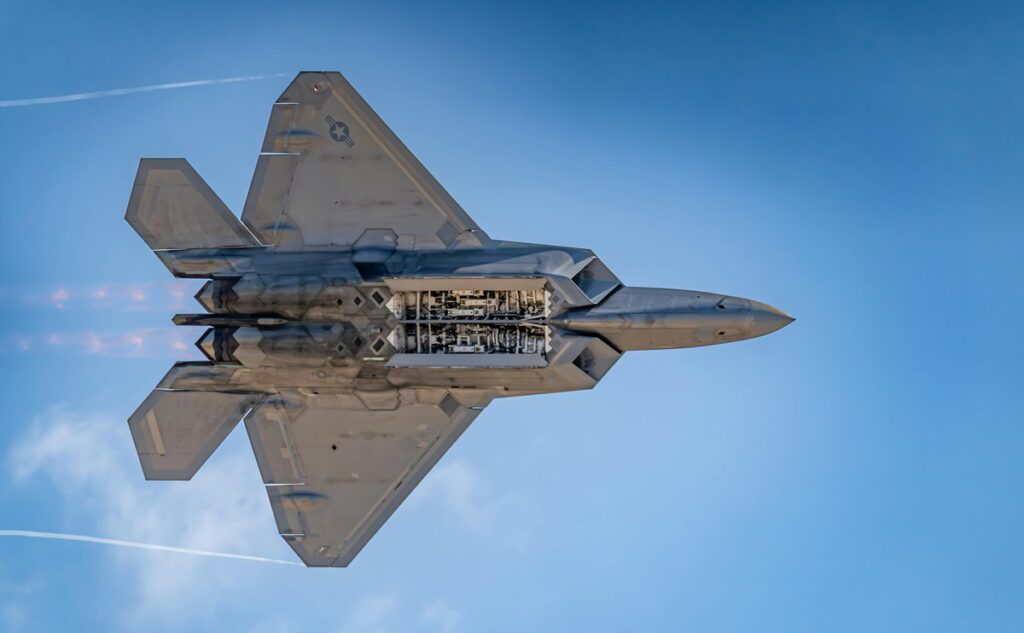In the aerospace and defense sectors, communication is more than just exchanging information. It is the backbone of mission-critical operations, enabling coordination between systems, platforms, and personnel across vast distances and complex environments. As technology evolves, so too does the way these industries communicate. From satellite networks to secure data links, modern innovations are reshaping how information flows in real time, improving reliability, speed, and security.
This transformation is not just about faster data transmission. It’s about integrating legacy systems with cutting-edge technologies, ensuring interoperability across platforms, and maintaining resilience in the face of cyber threats. The modernization of communication in aerospace and defense is a multifaceted effort, driven by both operational demands and technological breakthroughs.
The Shift Toward Digital Interoperability
One of the most significant changes in aerospace and defense communication is the move from analog to digital systems. Digital communication allows for higher data throughput, better signal integrity, and more efficient use of bandwidth. This shift has enabled platforms to share complex data sets, such as video feeds, sensor outputs, and telemetry, in real time.
Interoperability is a key concern in this transition. Defense operations often involve multiple branches, allied forces, and a mix of old and new equipment. Ensuring that all systems can communicate seamlessly requires standardized protocols and adaptable interfaces. Technologies like software-defined radios (SDRs) and modular communication architectures are helping bridge these gaps, allowing legacy systems to interact with modern networks without compromising performance.
Enhancing Security Through Advanced Encryption
Security is paramount in aerospace and defense communication. As data becomes more valuable and cyber threats more sophisticated, protecting communication channels is a top priority. Modern systems incorporate advanced encryption techniques, secure key management, and authentication protocols to safeguard sensitive information.
Beyond encryption, technologies like quantum key distribution and zero-trust architectures are being explored to further enhance security. These innovations aim to prevent unauthorized access and ensure that even if a system is compromised, the data remains protected. Secure communication is about maintaining operational integrity and trust across all levels of command.
Real-Time Data Sharing and Decision Making
Modern communication technologies are enabling faster and more informed decision-making in aerospace and defense. Real-time data sharing allows commanders to respond to changing conditions with agility, whether in the air, at sea, or on the ground. This capability is especially critical in joint operations, where coordination between different units and platforms can determine mission success.
Cloud-based systems and edge computing are playing a growing role in this area. By processing data closer to the source and distributing it efficiently across networks, these technologies reduce latency and improve responsiveness. Artificial intelligence and machine learning are also being integrated to analyze data streams and provide actionable insights, further enhancing situational awareness and operational effectiveness.
Legacy Standards and Their Role in Modern Systems
While new technologies are driving innovation, legacy standards still play a vital role in aerospace and defense communication. One such example is MIL-STD-1553, a military standard that has been used for decades to facilitate communication between avionics systems. Despite its age, it remains widely used due to its reliability, simplicity, and robustness in harsh environments.
Modern systems often incorporate MIL-STD-1553 interfaces to ensure compatibility with existing equipment. This allows for gradual upgrades and reduces the risk of introducing new vulnerabilities. By combining proven standards with modern enhancements, defense organizations can maintain continuity while embracing innovation.
The Future of Communication in Aerospace and Defense
Looking ahead, the modernization of communication in aerospace and defense will continue to evolve. Emerging technologies like 5G, satellite constellations, and autonomous systems are set to redefine how information is transmitted and utilized. These advancements promise greater connectivity, faster data rates, and more intelligent networks.
However, with these opportunities come new challenges. Ensuring security, interoperability, and resilience will require ongoing investment and collaboration across industry and government. The future of communication in aerospace and defense is not just about technology; it’s about strategy, adaptability, and a commitment to excellence.
Conclusion
Technology is fundamentally transforming communication in aerospace and defense, enabling faster, more secure, and more integrated operations. From digital interoperability to real-time data sharing, the innovations shaping this space are enhancing mission effectiveness and operational readiness. As the landscape continues to evolve, staying ahead will require not only embracing new tools but also understanding how to integrate them with existing systems. The modernization of communication is a journey, and its success will depend on the ability to balance innovation with reliability.

